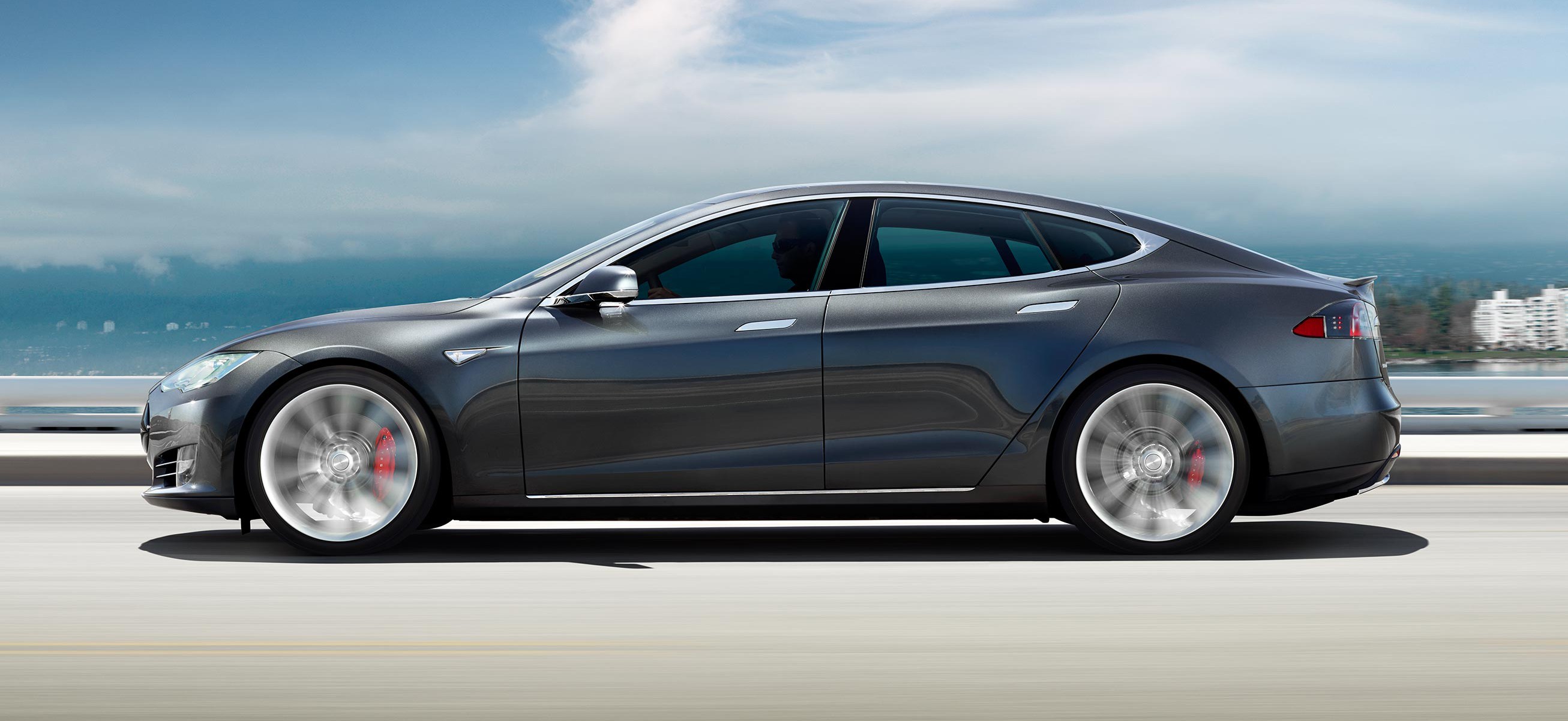EU CO2 emissions ‘significantly decreased’ in 2018

The European Union’s statistical office estimates CO2 emissions in EU countries “significantly decreased” in 2018 compared to 2017.

The European Union’s statistical office estimates CO2 emissions in EU countries “significantly decreased” in 2018 compared to 2017.

The UK’s Committee on Climate Change has released its anticipated report, and it’s recommending a new goal — net zero greenhouse gas emissions by 2050.

EPA Administrator Andrew Wheeler believes a huge surge in electric vehicle purchases was “the only way” for automakers to comply with fuel economy standards set by the Obama administration, according to a recent interview.

Royal Dutch Shell is continuing its recent climate-forward push as the company announced plans to invest in natural climate solutions and reforestation programs, along with a group of new renewable energy-powered EV chargers in the Netherlands.

A new campaign looks to draw attention to an overlooked approach for mitigating climate change and removing large amounts of carbon from the air — the restoration of natural ecosystems.

Global energy demand grew at its fastest pace in the last decade in 2018, increasing CO2 emissions to a record high, according to a new report.

The European Union has reached an agreement to set strict CO2 emissions standards for trucks.

Electrek Green Energy Brief: A daily technical, financial, and political review/analysis of important green energy news.
Today on EGEB, the Tunisian government opens bidding for 5 new plants using photovoltaic technology. Australia’s Clean Energy Regulator announced that the government’s unambitious renewable energy target will be met by 2020. The town of Islip on Long Island want to valorize precious space wasted by a landfill by turning it into a solar farm.
Expand
Expanding
Close

What goes up, must come down…but what was going down – is now going up.
The US Energy Information Administration (EIA) has projected that the USA’s CO2 emissions from energy usage – burning oil, coal and gas – will increase in 2018. The main driver is a predicted increase in ‘heating degree days’ – number of days that Americans will need to warm their homes. Concurrently, an increase in ‘cold heating days’ – air conditioner needing days, the continued increase of oil burning in cars, and a decrease in hydroelectric generation will also affect the final balance of clean vs dirty energy production.


Last weekend we reported on Singapore’s Land Transport Authority (LTA) slapping an important tax surcharge on the Tesla Model S after running some emission tests and rating its energy consumption at 444 Wh/km. After accounting for Singapore’s grid emission factor of 0.5 g CO2/Wh , the LTA determined that the Model S somehow ended up on the worst end of the global city’s scale for vehicle pollution (C3 band).
Tesla has now issued a response (you can read the full statement below) and claims that when the Model S tested by LTA left Tesla’s factory in 2014 (yes it took a while to import it), it had an energy consumption rated at 181 Wh/km, less than half of what Singapore’s transport agency is claiming. How can we account for the discrepancy?
Expand
Expanding
Close